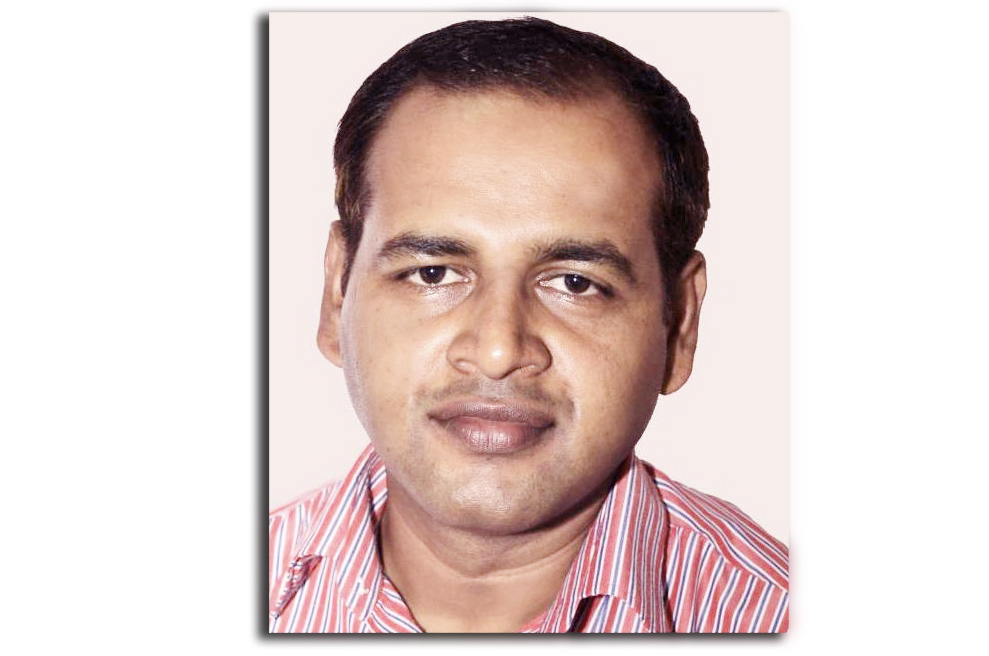By Gopal Khanal (KATHMANDU, 17 July 2020) – Prime Minister KP Sharma Oli on 13 July said Lord Ram was Nepali and was born in Ayodhya, which is a village west of Birgunj. “Nepal has become a victim of cultural encroachment,” said PM Oli while addressing a function organised to mark the 207th birth anniversary of Adikavi Bhanu Bhakta Acharya, who translated Ramayana from Sanskrit into simple Nepali language.
While claiming Lord Ram being Nepali, he cited the numerous sacred and archeological places established and protected in the name of Ram in territories lying between present day Janakpur and Chitwan both in the central region. PM Oli’s remarks came at a time when Nepal and India are at loggerheads over the issue of border. So his statement created ruckus both in India and Nepal. If it were a normal time, the matter could be dealt differently. The historians of both the countries can further investigate and enrich the myths related to Lord Ram and Ayodhya.
Hindu religion is considered the oldest one whose origin can be traced back to around 5000 to 10,000 BC. The Ramayana is a magnificent narration of the life of Ram, from his birth in the kingdom of Ayodhya to his decisive victory over his evil nemesis Ravana. It presents the teachings of ancient Hindu sages in narrative allegory, interspersing philosophical and ethical elements. According to Hindu tradition, Ramayana takes place during the period of the time known as Treta Yuga.
Ram is considered the Supreme Being. Ram personifies the characteristics of an ideal person. He had within all the desirable virtues that any individual would seek to aspire and he fulfills all his moral obligations. He is considered a Maryada Purusottam (the best of upholders dignity). Hindus living in both Nepal and India have deep faith in Lord Ram. Among the Hindus of the world, there are disputes with regard to the great deeds of Ram and his kingdom of Ayodhya. But the retelling and rearranging the Ramayana has been happening with stories, characters and places. Many of these mythologies have gone through a number of retelling over the years.
Prime Minister Oli has not challenged the Ayodhya of UP but he has simply presented his arguments. Whether or not Prime Minister should have touched upon such subject is a different matter. Ministry of Foreign Affairs (MoFA) on 14 July clarified the statement saying that the Prime Minister’s intention was not to hurt the cultural relations between Nepal and India. MoFA has highlighted three points and requested all not to indulge in wrong interpretations with an aim to damage the bilateral relations between the two countries.
According to MoFA, PM’s remark is not linked to any political subject and has no intention at all to hurt the sentiment of anyone. There have been several myths and references about Shree Ram and the places associated with him. The Prime Minister was simply highlighting the importance of further studies and research of the vast cultural geography the Ramayana represents to obtain facts about Shree Ram, Ramayana and the various places linked to this rich civilisation.
Prime Minister Oli can interpret the orientalism and the mythological works related Hinduism. His contents can be questioned with historical facts but not the intention. The remarks were not meant to dishonour the sacredness of Ayodhya and the cultural value it bears.
The tradition of celebrating Bibaha Panchami in which a marriage procession from India’s Ayodhya comes to Janakpur takes place every year. This is an example of cultural bond. Similarly, Prime Minister Oli and Prime Minister Modi had launched the Ramayana Circuit in May 2018, which includes Janakpur-Ayodhya Passenger Bus Service as an important component. These facts signify the time-honoured cultural affinity between the two countries.
Prime Minister Oli doesn’t want enmity with India. He has never thought to spoil the relations with India since he knows the repercussions of tense relations in the neighbourhood. Nepal has been formally requesting India to sit for talks to resolve the boundary issues. But India has rejected Nepal’s offer to sort out the dispute.
Nepal’s valid claim over its territory has been grossly misinterpreted by India’s security and foreign policy officials, who have accused Nepal of acting at the behest of China. Such a defective attitude has been undermining Nepal’s sovereignty and territorial integrity and can hardly help solve the problem. A section of Indian media and security and foreign policy analysts have crossed all basic norms of protocol and values and are spitting venom against Nepali sovereignty and Nepal’s Prime Minister. Once both the sides sit for talks, outstanding issues can be amicably resolved. Both sides cannot stay away from such obligation.
This article first appeared in The Rising Nepal


